Challenges for Modern Pharmaceutical Supply Chains
)
Our recent series of articles highlighted that pharmaceutical manufacturers, wholesalers, distributors, and other stakeholders face a unique set of challenges across their supply chains. While the supply chain is normally considered a seamless end-to-end, supplier-to-customer process it may be useful to think of it in three phases: sourcing and purchasing; managing stock in the factory or warehouse; transport and deliveries to customers and end users.
Pharmaceutical businesses need accurate data and records across these phases to run their operations efficiently, innovate and add value for their customers, and comply with demanding regulatory requirements. Specialist supply chain management (SCM) applications can help. They have the tools that ensure process and data discipline across the supply chain while enabling the flexibility and innovation that businesses need to grow their revenues and profits. Let’s review how an SCM can support operations in each of the key phases of the supply chain.
With any supply chain it is vital to ensure that raw materials and supplies are sourced efficiently. This is not only good for the performance of the business but helps to build and reinforce strong relationships with suppliers.
-
Managing, Sourcing and Supplying Stock: modern SCM systems help to automate this vital process while ensuring orders are placed on time and with complete accuracy to help ensure everything arrives when needed.
-
Demand Planning: predicting demand leads to more efficient purchasing and supply. The latest SCM systems incorporate sophisticated tools including AI to analyse current and historic data to predict future demand.
-
Purchase Automation: accurate demand forecasts enable SCM systems to streamline and automate purchasing with system-directed buying. For example, they can create a purchase order (PO) for a specific supplier and ensure it is issued automatically and in the correct format for simple processing and fast response.
-
Flexible Purchasing: demand planning also supports increased purchasing flexibility. For example, the latest SCM technology supports tendering by automatically generating and issuing purchase orders covering a particular requirement to multiple potential suppliers.
There is no doubt that efficient warehouse operations are at the centre of any successful supply chain. The physical demands of handling stock – including storage, personnel, and equipment – can be significant. Simplifying processes and improving efficiency are paramount and can help to control and even reduce costs. But stock is also associated with an ever-increasing volume of related data and information. Collecting, managing, and processing this data can be as important to the supply chain as physically managing the items themselves.
-
Managing Inbound Operations: SCM applications ensure this data is captured and verified before – or as soon as – items arrive using feeds from supplier and in-house systems and technologies such as barcode scanners. They allocate stock location and handling tasks to make best use of available space and resources.
-
Inventory Variance Analysis: SCM systems incorporate powerful tools to analyse, identify, and report the root causes of variances between real and predicted inventory levels that can arise due to issues with purchasing, receiving, or inventory management. They can propose corrective actions which can prevent or address further issues.
-
Real-time Stock Control, Visibility & Accuracy: a modern warehouse management application must support and enable real-time operations and data visibility with 100 per cent accuracy. It could be argued that every part of warehouse operations stems from this capability.
-
Automation: interfacing with automation technologies enables the SCM to oversee an integrated handling, storage, and picking operation that can enhance efficiency and productivity across all warehouse tasks.
Disciplined and innovative sales and order fulfilment processes help to boost revenues and profits. SCM systems offer a number of capabilities that allow pharmaceutical businesses to oversee their outbound operations with great flexibility and enhanced performance.
-
Sales Order Capture: integration with sales and order processing applications allows the SCM to provide real-time stock visibility with near instantaneous response times. In this way a pharmacy can see immediately if a product is in stock or not and identify alternatives based on product type and/or supplier.
-
Comprehensive Telesales Functionality: SCM systems integrate with customer relationship management (CRM) tools to provide a seamless flow of information between sales teams and supply chain operations. Some systems incorporate comprehensive telesales functionality, helping suppliers to liaise more effectively with their customers and, for example, to alert about alternative products or when stock is on promotion. Functions like these ensure sales teams have up-to-date information on product availability, delivery times, and order status, which enhances customer service and satisfaction.
-
Selling Restrictions: rules-based functionality can ensure SCM systems allow suppliers to set a wide range of parameters that can be used to ensure that products are not supplied to unauthorised customers.
-
Integration with Pharmacy Systems: modern SCM systems should include tools to enable exchange of information with other applications in a range of widely used and industry standard formats. Additionally, a well-defined set of APIs will enable simple and rapid interconnectivity with other applications.
-
Orders & Deliveries: SCM systems are indispensable when it comes to deliveries. They optimise logistics by selecting the most efficient routes and carriers, which ensures timely and cost-effective delivery of products to customers. SCM systems also provide end-to-end visibility of the delivery process, allowing businesses to track shipments in real-time and proactively address any issues that may arise.
-
Returns/Reverse Logistics: SCM systems manage returns (reverse logistics) efficiently by streamlining the process of receiving, inspecting, and restocking returned products. This ensures that returns are handled quickly and refunds or replacements are processed without delay. Analysing return data can provide valuable insights into product quality and customer preferences, helping businesses to make informed decisions about product improvements and inventory management.
-
Stock Control Feedback: historic, current, and predicted sales volume data can help to optimise stock levels. An SCM application’s analytical and reporting tools provide insights into sales and other supply chain patterns and can also help to automate many of the related processes. Sales teams can focus on building customer relationships and closing deals.
-
Building Business: SCM applications can reinforce relationships with supply chain partners by helping create a cohesive network that works towards common goals. This collaboration is facilitated through shared data platforms that provide real-time information on inventory levels, production schedules, and delivery timelines.
Regulatory Compliance – The Common Thread
Although we have looked at three separate phases of the typical pharmaceutical supply chain, a common requirement through all is the need to maintain regulatory compliance. Pharmaceutical businesses face a number of regulatory demands that are unique to this specific sector and which rely on up-to-date and accurate records that must increasingly be available on demand and in real-time. This is not only essential for regulatory reasons but as we have seen can help to deliver innovation and enhanced customer services.
Modern SCM technologies incorporate a number of features to support these objectives. For example, systems can identify, track, and trace stock at any level including by packet, pack, case, pallet, consignment, or batch. They can authorise or prevent orders and deliveries based on user-defined and rules-based criteria about ingredients, products, suppliers, customers, or market locations. Another feature required by many businesses is the ability to provide a complete record of the temperature as items pass through the warehouse which is critical for maintaining the integrity and shelf life of many pharmaceutical and healthcare products. SCMs achieve this by interfacing with temperature sensors located throughout the facility and matching that data against the location of the items at all times. Although these features are all highly useful for daily operations, maintaining the integrity of data and related stock can also be an important weapon in the fight against counterfeit or fake medicines.
Read the full ‘Challenges for Modern Pharmaceutical Supply Chains’ blog posts here:
Sourcing & Purchasing, Managing Stock and Managing Outbound Operations. And read some of our Pharmaceuticals and Healthcare Customer Case Studies illustrating the business benefits of SCM systems for Pharmaceutical, Medical Device and Healthcare Distributors, Manufacturers and Parallel Importers operating in strictly controlled environments.


)
)
)
)
)
)
)
)
)
)
)
)
)
)
)
)
)
)
)
)
)
)
)
)
)
)
)
)
)
)
)
)
)
)
)
)
)

.png/fit-in/500x500/filters:no_upscale())
)
)
)
)
)
)
)
)
)
)
)
)
)
)
)
)
)
)
)
)
)
)
)
)
)
)
)
)
)
)
)
)
)
)
)
)
.png/fit-in/1280x9999/filters:no_upscale())
)
)
)
)
)
